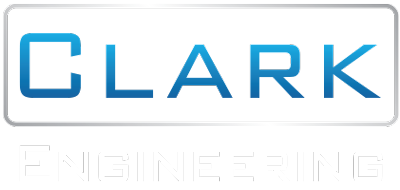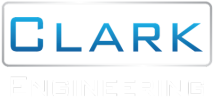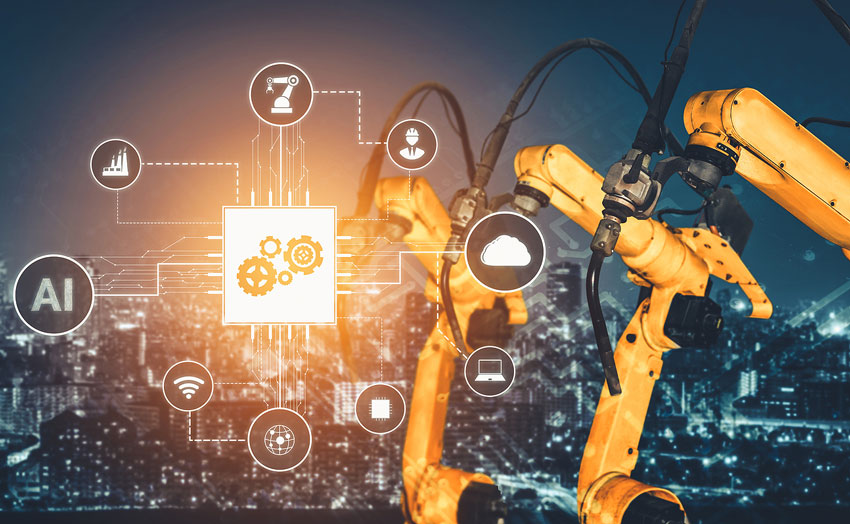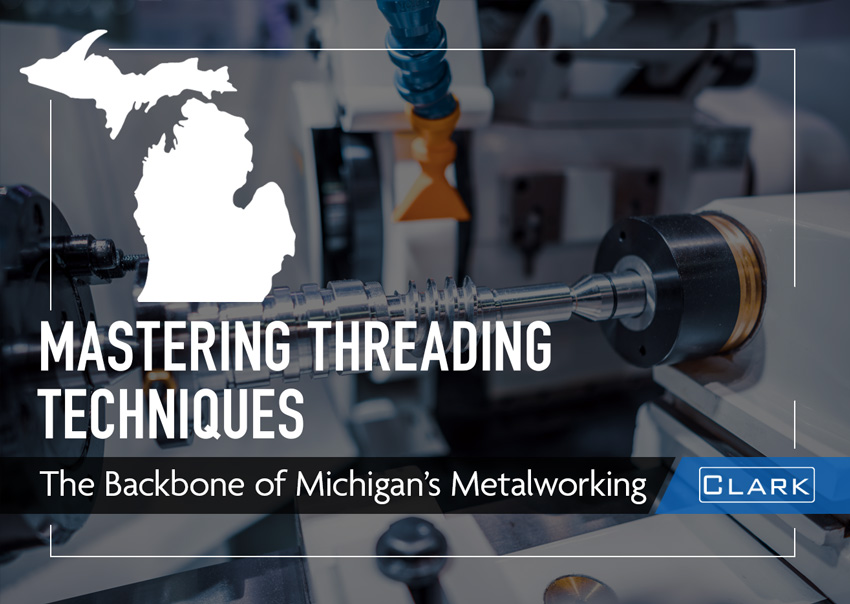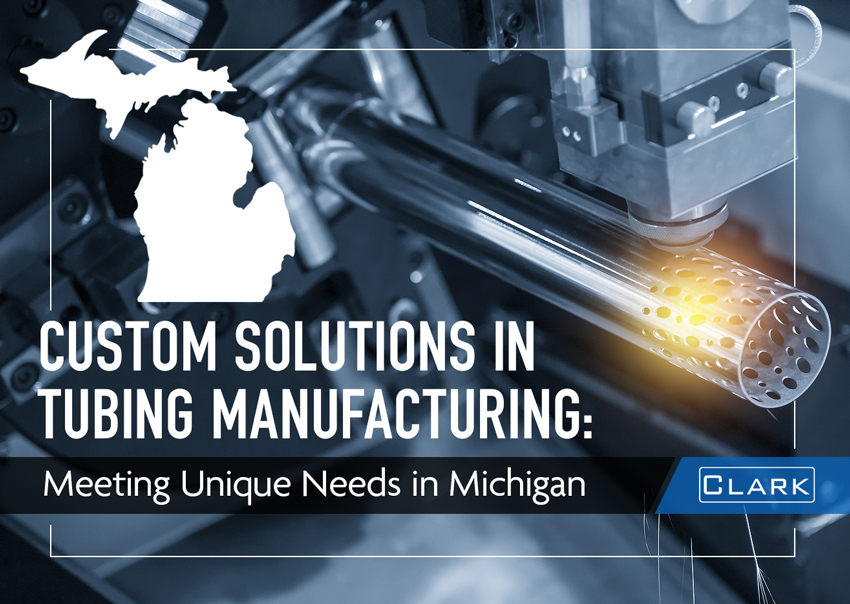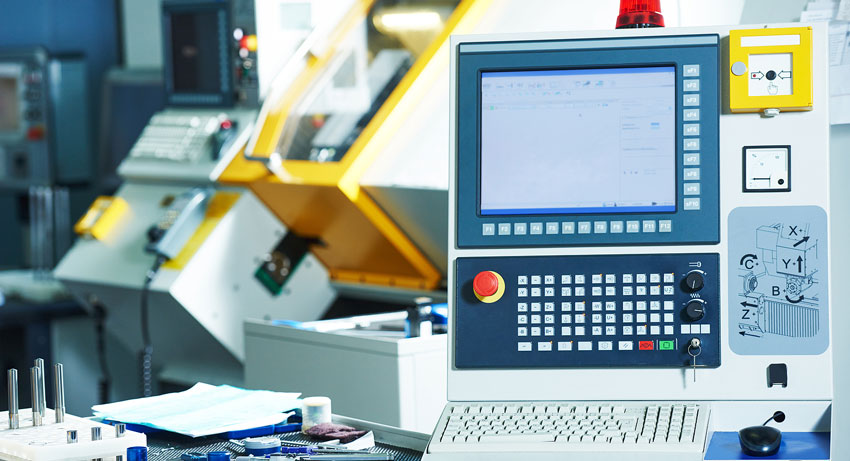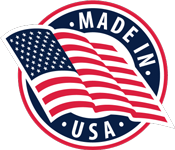Artificial intelligence (AI), often known as machine intelligence, is a branch of computer science and technology that strives to build intelligent machines that replicate and emulate human intelligence. Artificial intelligence (AI) integration has ushered in a new era of innovation and efficiency in manufacturing.
AI is completely changing the manufacturing industry, from automation and predictive maintenance to quality control and supply chain efficiency. This game-changing technology can change the industry altogether, unleashing previously unheard-of productivity and empowering manufacturers to succeed in a fiercely competitive global marketplace. This article will examine the innovative improvements AI provides to manufacturing and how it influences the sector’s future.
AI in Manufacturing: An Overview
Historical development of AI in manufacturing
A lot has changed in the history of artificial intelligence in manufacturing. In its early stages, automation and control systems were the main applications of AI. More sophisticated AI algorithms were created as processing power increased, allowing machines to carry out tasks more precisely and effectively. Robots with AI capabilities started to appear in the 1980s, transforming production lines and boosting output.
Artificial intelligence (AI) has made predictive maintenance, quality control, and manufacturing process optimization possible in recent years with the introduction of machine learning and deep learning techniques. Today, AI is widely used in robotics, computer vision, natural language processing, and data analytics, advancing intelligent automation and smart factories in the manufacturing sector.
Types of AI in Manufacturing and their applications
Artificial intelligence (AI) can be divided into numerous forms based on its capabilities and functionalities. Here are several major AI subtypes and some examples of their use:
- Narrow AI, often called weak AI, is restricted to a confined domain and created to carry out specific tasks. Examples include picture recognition systems, voice assistants (like Siri and Alexa), and recommendation algorithms used in online commerce platforms. Numerous sectors, including healthcare, banking, and transportation, heavily rely on narrow AI.
- General AI, also known as strong AI or human-level AI, can comprehend, pick up knowledge, and carry out tasks that call for intelligence like a human. Although real general AI has yet to be created, academics are striving to create it. Its potential applications span multiple sectors, such as autonomous vehicles, complex problem-solving, and decision-making.
- Machine Learning (ML) is a branch of AI that focuses on allowing computers to learn from their experiences and advance without being explicitly programmed. It employs algorithms by analyzing data, making predictions, or taking action based on patterns and trends. ML has uses in various industries, including tailored marketing, fraud detection, and healthcare diagnostics.
Benefits of AI in manufacturing
The use of artificial intelligence (AI) has many advantages in a variety of fields. First, AI increases productivity and efficiency by automating routine operations and freeing laborers for more challenging and innovative work. Second, AI improves decision-making through data analysis, offering insightful analyses and forecasts that support tactical planning. AI also enhances security and lowers errors in industries like healthcare and transportation.
Additionally, AI makes personalized interactions and recommendations possible in industries like entertainment and e-commerce. In addition, AI can tackle issues like climate change and disease prevention by analyzing massive volumes of data and supporting research. AI encourages creativity, streamlines procedures, and improves human capabilities across various fields.
How AI is Transforming the Manufacturing Industry
Smart Automation
A vital component of the manufacturing of the future is automation powered by AI. Manufacturers may optimize processes and reach new efficiencies by combining AI algorithms with robots and machinery. Artificial intelligence (AI)-driven automation reduces cycle times, eliminates human error, and optimizes production procedures because it can adapt, learn, and make choices in real-time. Computer vision and machine learning allow artificial intelligence (AI) systems to carry out sophisticated tasks that were previously only performed by human operators.
Quality Control and Predictive Maintenance
Manufacturers must maintain consistent product quality, and AI is essential in reaching this goal. Manufacturers can automatically examine and identify problems with unmatched precision and speed by integrating AI-powered computer vision systems.
To make proactive repairs and replacements, predictive maintenance assists in identifying possible problems before they seriously affect operations. This data-driven methodology improves asset lifespans, maximizes equipment performance, and reduces expensive downtime. Additionally, firms can switch from reactive to preventive techniques by implementing predictive maintenance, lowering maintenance costs, and increasing productivity.
Supply Chain Optimization
By incorporating AI into supply chain management, enterprises operate in completely new ways. Using machine learning and predictive analytics, AI systems can accurately forecast demand, optimize inventory levels, and spot possible supply chain bottlenecks or interruptions.
Challenges and Risks Associated with AI in Manufacturing
Developing and implementing AI systems in manufacturing environments can be challenging from a technical standpoint. Significant technological know-how is needed to handle real-time data processing, maintain interoperability across various platforms, and integrate AI with current production systems.
AI manufacturing systems are susceptible to hacker attacks, data breaches, and malevolent manipulations. It is essential to safeguard the confidentiality of production data, protect intellectual property, and guarantee the accuracy of AI algorithms and models. Strong security measures are required, including encryption, access limits, and frequent security assessments.
The use of AI in manufacturing presents issues of privacy, accountability, and openness. Considerable attention must be paid to the gathering and using employee and personal data, algorithmic biases, and potential human rights issues. It is crucial to ensure that AI is used fairly, clearly, and ethically in decision-making processes.
Real-World Examples of AI in Manufacturing
Siemens’ Smart Manufacturing program integrates cutting-edge technologies like IoT, AI, and automation to improve production procedures, boost productivity, and enable data-driven decision-making for increased competitiveness.
Samsung uses AI in quality control to improve production procedures and guarantee superior products. AI systems find faults, streamline inspection processes, and boost overall effectiveness by processing enormous volumes of data, leading to higher-quality products and greater customer satisfaction.
General Electric uses predictive maintenance to foresee equipment breakdowns and improve maintenance schedules. They can spot potential problems, save downtime, and improve operational efficiency by utilizing data from sensors and analytics, which ultimately reduces costs and boosts production.
Future Outlook of AI in Manufacturing
AI is expected to transform manufacturing in the coming ten years through advanced automation, predictive maintenance, and improved supply chains. Robotics and machine learning will improve production, quality assurance, and safety, resulting in greater effectiveness and lower costs in the metal manufacturing sector.
The rise of AI in the industry has transformed the workforce by boosting productivity and efficiency. While certain activities have been mechanized, new work options have also been made possible. A sustainable and flexible future for the manufacturing sector depends on collaboration between people and AI.
With a variety of opportunities, realize your full commercial potential. Small and medium-sized businesses can succeed in today’s competitive market by utilizing adaptable tactics, modern technology, and global connectivity. Take advantage of growth opportunities, boost competitiveness, and create a path to success in the ever-changing business environment.
Conclusion
The transformational potential of AI is influencing how manufacturing will develop in the future. AI-driven solutions are transforming the market in various ways, including smart automation, predictive maintenance, quality control, and supply chain efficiency.
By adopting these innovations, manufacturers can reach higher production levels, efficiency, and competitiveness. In the future, intelligent robots and human ingenuity will work together to redefine the limits of what is possible in manufacturing as AI develops and becomes more widely integrated into production processes.
